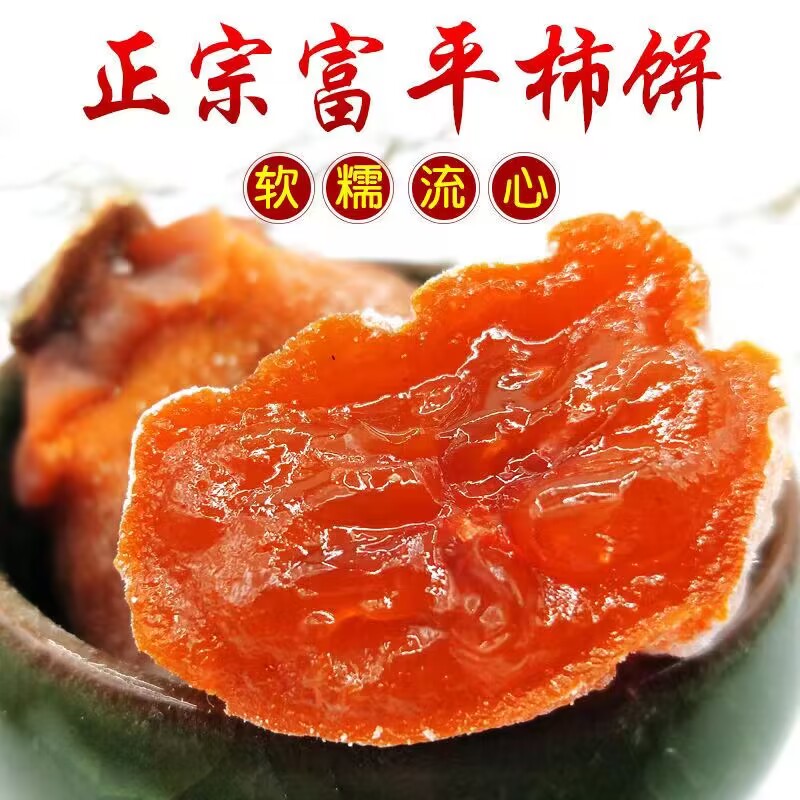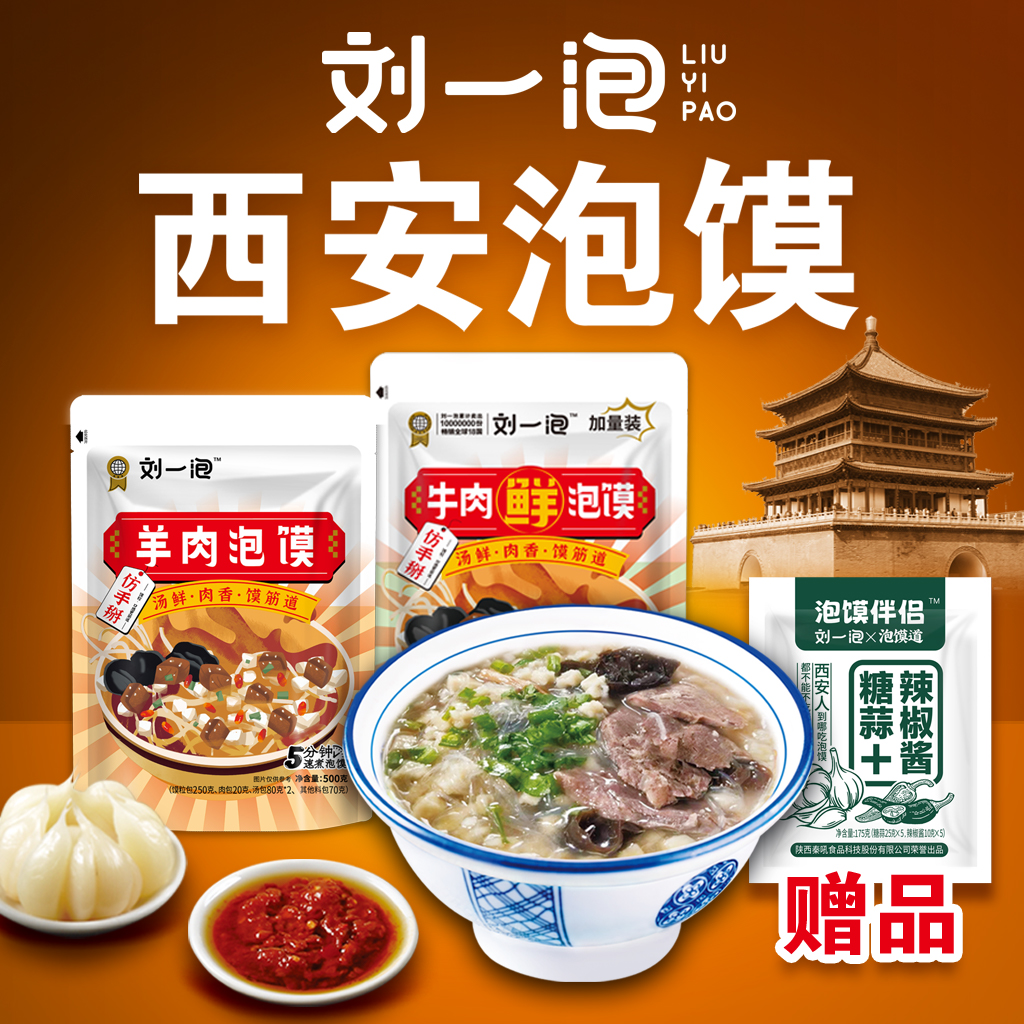Heads of relevant departments of the Ministry of Culture and Tourism talk about the successful application of the "Spring Festival"
Xinhua News Agency, Beijing, December 5. Title: China's New Year's Taste and World Sharing - Heads of relevant departments of the Ministry of Culture and Tourism talk about the successful application of the "Spring Festival"
Xinhua News Agency reporters Zhou Wei and Xu Zhuang
The Chinese New Year is approaching, and the Chinese have received a "New Year's gift" in advance.
On the evening of December 4, Beijing time, "Spring Festival - Chinese People's Social Practice of Celebrating the Traditional New Year" passed the review at the 19th regular session of the UNESCO Intergovernmental Committee for the Safeguarding of Intangible Cultural Heritage held in Paraguay and was included in the UNESCO Representative List of Intangible Cultural Heritage of Humanity.
"Hundred Festival Year is the first". The good news came, and people's pride and self-confidence rose spontaneously. Around this successful application, Xinhua News Agency reporters interviewed the head of the Intangible Cultural Heritage Department and the International Exchange and Cooperation Bureau of the Ministry of Culture and Tourism for the first time.
Contribute more Chinese colors to the world's cultural diversity
Q: Please talk about the significance of this successful application.
A: The Spring Festival is the most profound, the largest number of participants and the most influential traditional festival in our country. Every Spring Festival, thousands of families are reunited, and every household in the thick family affection and grand ceremony to remove the old and welcome the new, and pray for a better life in the new year. In the accumulation of thousands of years, the Spring Festival has continuously maintained and strengthened the emotional bond between individuals, families, society and the country, and played an important role in the continuous continuation of Chinese civilization. In 2006, the Spring Festival was included in the first batch of national-level intangible cultural heritage representative projects announced by the State Council. With the expanding scope of overseas dissemination of Chinese culture, the influence of the Spring Festival in the world is also increasing.
The successful application of the "Spring Festival" is a vivid practice of implementing the spirit of Xi Jinping Cultural Thought and General Secretary Xi Jinping's important instructions on the protection of intangible cultural heritage, and is an important achievement in the protection of cultural heritage in our country since the 18th National Congress of the Communist Party of China.
The successful application of the "Spring Festival" is conducive to raising the people's awareness of the importance of cultural heritage protection, stimulating the use of traditional festivals to carry forward the excellent traditional Chinese culture, and continuing the Chinese culture. It is conducive to enhancing the cultural identity of the sons and daughters of China, strengthening the national centripetal force and cohesion, and casting a strong sense of the Chinese nation community. It is conducive to deepening the international community's understanding of China's excellent traditional culture, providing Chinese experience for the protection of global intangible cultural heritage, and contributing more Chinese colors to the world's cultural diversity.
Trust the Chinese people's human relations and feelings of family and country
Q. What is the meaning of the project "Spring Festival - a social practice for Chinese people to celebrate the traditional New Year"?
A. According to the traditional Chinese calendar, the first day of the first lunar month is the Spring Festival, which is the beginning of the new year. Around the Spring Festival, around the common theme of saying goodbye to the old and welcoming the new, auspiciousness and peace, reunion and harmony, people carry out a series of social practice activities to celebrate this most important traditional festival of the Chinese nation. The Spring Festival, an important festival that marks the transformation of the annual cycle and repeats, is a concentrated expression of the values, life consciousness, ethics, thinking patterns, behavioral norms and aesthetic tastes of the Chinese nation.
The "Spring Festival" is derived from the traditional Chinese calendar and highlights the concept of harmonious coexistence between man and nature -
The "Spring Festival" is a concrete embodiment of the Chinese people's arrangement of production and life according to the periodic rhythm of the weather and phenology, and contains the wisdom of conforming to the weather and respecting nature. The Chinese people created a traditional calendar system based on the laws of the sun and the moon, the cycle of phenology change, and the rhythm of agricultural production and life, forming a rich social practice, demonstrating the concept of harmonious coexistence between man and nature.
In order to welcome the New Year, every household writes Spring Festival couplets, cuts window grilles, pastes New Year pictures, purchases New Year's goods, cooks holiday food... People offer sacrifices to the Kitchen Lord, pay tribute to heaven and earth, and pray for a safe and beautiful life in their homes. This heritage project also contains Chinese knowledge and practices on grain cultivation, processing, preservation, and food preparation for the New Year, constantly strengthening people's respect for nature and awareness of the importance of food security. The dietary customs related to the Spring Festival have diverse expressions and rich meanings, conveying the traditional Chinese aesthetic concepts, health-preserving concepts, and ethical norms, and placing people's yearning for a good life with good weather and family reunion.
The "Spring Festival" is to maintain the emotional bond between the individual and the family, society and the country, promote family harmony, neighborhood and community harmony, and strengthen cultural identity -
The rich and diverse activities during the Spring Festival reflect the Chinese people's human relations and family feelings. During the process of inheritance from generation to generation, they play a role in promoting family harmony and neighborhood harmony, enriching production and life, and continuously enhance cultural centripetal force and social cohesion. While continuing cultural traditions, they continuously stimulate cultural creativity and endow people with lasting spiritual power for the pursuit of a better life.
On New Year's Eve, families reunite, make and share New Year's Eve dinner together, sit around to watch the New Year, and stay up all night to welcome the arrival of the New Year. Family happiness is a beautiful scene for Chinese families to celebrate the Spring Festival. The first day of the first lunar month is the beginning of the traditional New Year. People wear new clothes, worship their ancestors, pay New Year's greetings to their elders, relatives, friends and neighbors; people visit temple fairs, make social fires, enjoy flower lamps, and celebrate the festive season together. These New Year's customs activities express the people's good wishes for saying goodbye to the old and welcoming the new, looking forward to peace and reunion, and peace and stability of the country. In the practice of festive and harmonious customs, people truly experience family affection, friendship and nostalgia, continuously deepen their understanding of the cultural connotation of the Spring Festival, strengthen family concepts and family consciousness, and strengthen interpersonal relationships, thus helping to build a harmonious society.
The "Spring Festival" is an important carrier of China's excellent traditional culture, and it is constantly integrated into modern life through integrity and innovation -
The Spring Festival is the most solemn and lively traditional festival in our country. It carries the warmest emotions and best expectations of the people. The Spring Festival includes many folk activities and intangible cultural heritage practices. These folk customs and intangible cultural heritage make the New Year taste stronger, make life more beautiful, and leave a strong sense of nostalgia. Legends, songs and other traditional knowledge related to the Spring Festival, rituals such as worshiping ancestors, traditional handicrafts such as New Year picture production, paper cutting, lantern production, dragon dance, yangko, stilts, drama, quyi and many other performing arts, lantern parties, flower parties, Spring Festival couplets and other folk activities are presented during the Spring Festival, reflecting the breadth and diversity of Spring Festival practice activities, which greatly enriched the cultural life of the people during the Spring Festival, creating a warm, peaceful and cheerful festival atmosphere. For example, there is a traditional custom of sticking New Year pictures to welcome the Spring Festival in various places. New Year pictures have become a beautiful sustenance for the people to say goodbye to the old and welcome the new, avoid disasters and exorcise evil spirits, and be happy and peaceful. New Year pictures are widely distributed, and have infiltrated the local collective aesthetics in various regions, forming a variety of artistic styles and obvious local characteristics. These contents provide high-quality educational resources for primary and secondary schools, colleges and universities, vocational colleges, etc., so that the younger generation can continuously enhance their understanding of the Spring Festival and their recognition of Chinese culture through learning, participation, and practice, and promote their sense of inheritance and innovation.
Strengthen exchanges and mutual learning among civilizations, and tell good stories about Chinese excellent traditional culture
Q: What is the current status of this project's protection and inheritance practice? Next, how can we enrich the connotation and form of festivals and promote the inheritance and promotion of China's excellent traditional culture?
Answer: The Spring Festival is an important platform for the people to widely participate in the inheritance and promotion of China's excellent traditional culture and to showcase the achievements of intangible cultural heritage protection projects. It is also an important channel to demonstrate cultural confidence and self-improvement, strengthen cultural exchanges and mutual learning, and tell good stories of China's excellent traditional culture.
Since the 18th National Congress of the Communist Party of China, we have thoroughly implemented the spirit of Xi Jinping Cultural Thought and General Secretary Xi Jinping's important instructions on the protection and inheritance of cultural heritage, deeply excavated the excellent traditional Chinese cultural values contained in the Spring Festival, and carried out extensive Spring Festival inheritance practice and dissemination display activities. Whether it is city market communities or rural temple fairs, intangible cultural heritage activities in various places are rich and colorful and deeply loved by the common people. All kinds of intangible cultural heritage projects have been integrated into traditional festivals such as the Spring Festival to continuously meet the people's growing needs for a better life. Before and after the Spring Festival in 2024, more than 45,400 intangible cultural heritage inheritance practice-related activities were carried out across the country. Paper-cutting, New Year pictures, lanterns, dragon dances, lantern fairs, temple fairs and other intangible cultural heritage projects have attracted the enthusiastic participation of the masses. From this, people further understand the profound cultural connotation and rich expressions of festivals, and become the inheritors and promoters of Chinese excellent traditional culture.
In the next step, we will take the opportunity of the successful application to explore the important role of the Spring Festival in inheriting and promoting the excellent traditional Chinese culture, and continue to carry out the Spring Festival intangible cultural heritage publicity and display activities to make the New Year customs more and more popular and the intangible cultural heritage more and more close to modern life.
The first is to continue to carry out the Spring Festival intangible cultural heritage publicity and display activities. During the Spring Festival in 2025, we will carry out a series of activities such as "Intangible Cultural Heritage Congratulations on the Chinese New Year and the Ancient City for the New Year", "Intangible Cultural Heritage Congratulations on the Chinese New Year and Lighting up Chinese Lights", "Intangible Cultural Heritage Congratulations on the Chinese New Year and New Year Paintings into Wanjia", "My Hometown Year" live video broadcast, "Catch up on the New Year's Taste Collection", and "The New Year in the Intangible Cultural Heritage Museum", so that the people can experience the charm of China's excellent traditional culture in the
The second is to promote the formation of new Spring Festival customs in the new era. Through the combination of online and offline on new media platforms, a number of "intangible cultural heritage collections", "intangible cultural heritage tide play" and "intangible cultural heritage New Year goods" have been launched to attract the participation of the general public, especially young people, through new channels and methods, so that the intangible cultural heritage national tide and Spring Festival customs can be rejuvenated in innovation and development.
The third is to widely carry out "Happy Spring Festival" activities around the world, in various forms such as New Year concerts, Chinese New Year parades, New Year family days, Chinese New Year temple fairs, etc., to display a credible, lovely and respectable image of China, so that overseas people can better understand the Chinese Spring Festival and feel the joyous, festive, reunion and harmonious festival atmosphere together.




